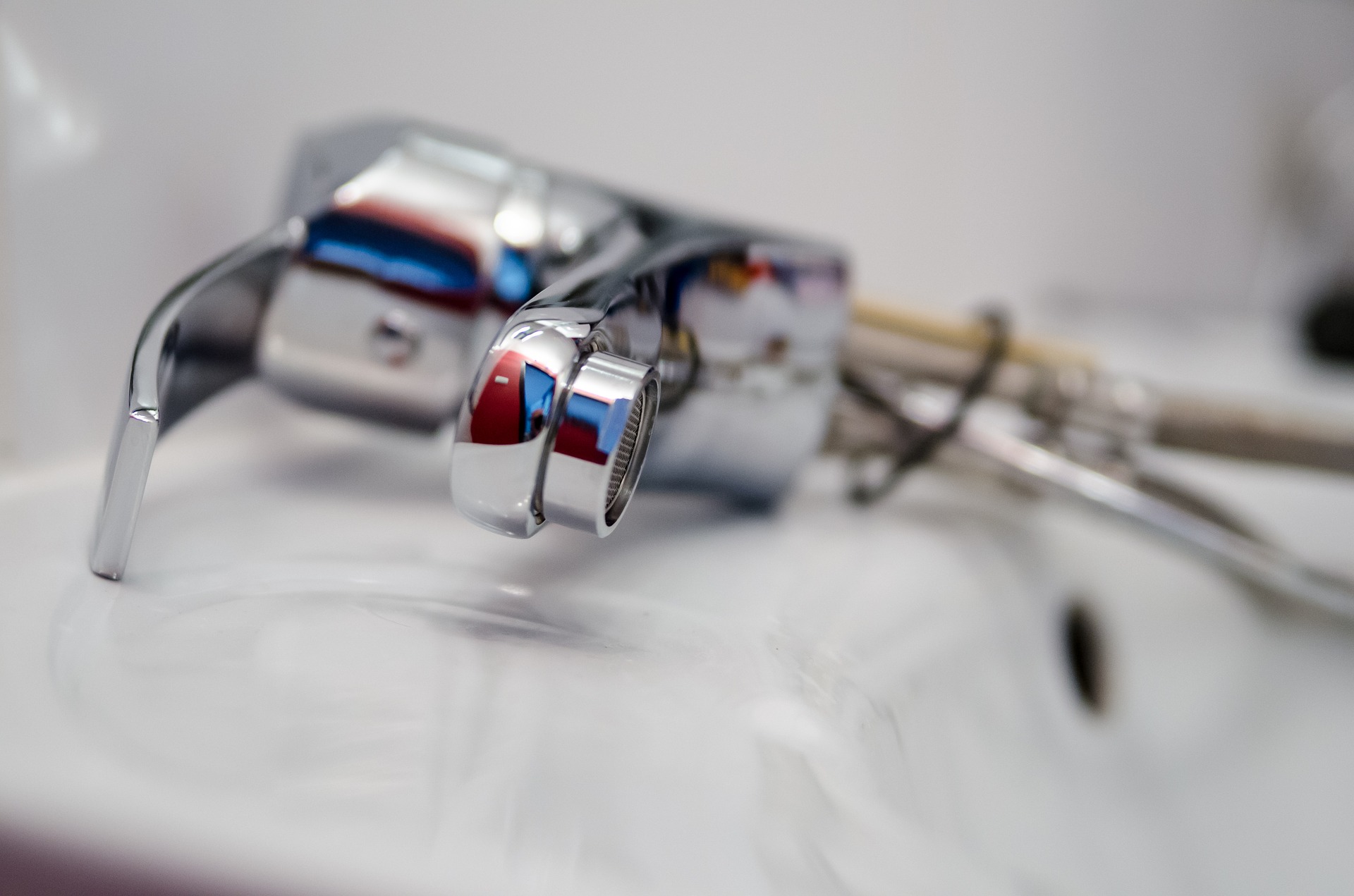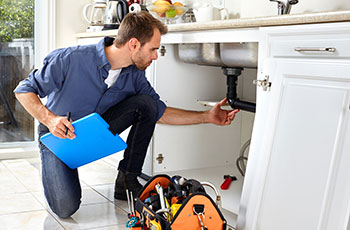Getting the Essentials of Home Plumbing: A Beginner's Handbook
Getting the Essentials of Home Plumbing: A Beginner's Handbook
Blog Article
Have you been trying to find ideas around Understanding the Basics of Your Home's Plumbing System?

Plumbing is a crucial element of any type of home, in charge of supplying clean water for alcohol consumption, cooking, and bathing, along with eliminating wastewater safely. Recognizing the fundamentals of home plumbing is vital for every single property owner to make certain appropriate upkeep, troubleshooting, and, if needed, repair services. In this beginner's overview, we'll cover the fundamental principles of home plumbing to help you end up being more familiar with exactly how it functions.
Water Heating System
The water heating unit is responsible for heating water for domestic usage, consisting of showering, cooking, and cleaning. Usual kinds of water heaters consist of tank-type water heaters, tankless (on-demand) water heaters, and heat pump water heaters. The water heater is linked to the water system and supplies warm water to plumbing fixtures as needed.
Drainage System
The water drainage system gets rid of wastewater from your home and lugs it away to a sewer therapy center or septic tank. It contains a network of pipelines, installations, and components that move wastewater from plumbing fixtures to the primary drain line or septic system. Proper drainage is vital to avoid blockages, backups, and sewage leaks.
Ventilation System
The ventilation system aids keep correct air pressure and avoid sewage system gases from entering your home. Air vent pipes, also called vent stacks, expand from plumbing components to the roofing system, permitting sewage system gases to escape safely outside. Air flow pipes additionally allow air to enter the drain system, helping with smooth wastewater flow and protecting against suction or vacuum effects.
Water System System
The water system system brings clean water into your home from a community water source or an exclusive well. It contains a major water line that connects to your home's plumbing system, normally located underground. A water meter determines the amount of water consumed, while a shut-off valve enables you to manage the circulation of water right into your home.
Plumbing Components
Plumbing components are devices that provide water to different parts of your home and include sinks, taps, toilets, showers, bath tubs, and devices such as dishwashing machines and washing makers. Each component is attached to the water system through pipes and fittings and may have its shut-off valve for upkeep or emergencies.
Typical Plumbing Tools
Having the right devices available is important for executing fundamental plumbing repair services and maintenance tasks. Usual plumbing devices consist of adjustable wrenches, pipe wrenches, pliers, pipeline cutters, hacksaws, plungers, augers (or drain snakes), and Teflon tape. Having these tools easily offered can help you tackle minor plumbing problems successfully.
Standard Plumbing Repair Services
While some plumbing repairs might require specialist help, lots of typical concerns can be resolved with standard DIY techniques. Knowing just how to deal with a leaky faucet, unclog a drain, replace a bathroom flapper, or repair a trickling showerhead can conserve you time and money on plumbing repair services.
Verdict
Understanding the basics of home plumbing is vital for every single property owner to maintain a safe, functional, and effective plumbing system. By acquainting on your own with the supply of water system, plumbing fixtures, water drainage system, ventilation system, typical plumbing devices, and fundamental repairs, you can with confidence address minor plumbing problems and ensure your home's plumbing system runs smoothly.
Plumbing for Beginners: A Comprehensive Guide
If you’re a beginner when it comes to plumbing, don’t worry; you’re not alone. Plumbing may seem intimidating, but with the right knowledge and a little practice, you can handle many common plumbing issues on your own. In this comprehensive guide, we will demystify the world of plumbing for beginners, providing you with the basic knowledge and skills needed to tackle common plumbing problems and even take on some DIY plumbing projects.
The Importance of Basic Plumbing Knowledge for Beginners:
First and foremost, basic plumbing knowledge gives you a solid foundation. It helps you grasp the key concepts and terminology that are essential in this field. By learning the basics, you’ll be able to build upon that knowledge and tackle more complex plumbing tasks in the future.
Having a basic understanding of plumbing also enables you to handle common issues that may arise in your home. Picture this: a leaky faucet or a clogged drain. With some basic plumbing knowledge, you’ll have the confidence to troubleshoot and fix these problems on your own. It saves you from unnecessary expenses and the hassle of waiting for a professional to arrive.
As a beginner, learning the basics of plumbing empowers you to take care of your own home. It gives you a sense of independence and self-reliance. You’ll no longer have to rely solely on professionals for every small issue that pops up. Instead, you can handle many tasks yourself, saving time and money in the process.
Remember, everyone starts as a beginner. Embrace the learning process and take small steps to expand your plumbing knowledge. There are plenty of online resources, tutorials, and even local workshops that talk about plumbing for beginners.
Essential Tools for Plumbing for Beginners
As you start your plumbing journey, having the right tools in your toolbox is crucial. Let’s explore some of the must-have tools:
Adjustable Wrench:
This versatile tool is a staple in any plumber’s toolbox. It allows you to tighten or loosen nuts and bolts of various sizes. Make sure to have an adjustable wrench with a comfortable grip.
Pipe Wrench:
A pipe wrench is specifically designed for gripping and turning pipes. It has serrated jaws that provide a strong grip, making it easier to loosen or tighten threaded pipes and fittings.
Plunger:
The plunger is a simple yet effective tool for clearing clogged drains and toilets. It creates suction when you push and pull, helping to dislodge blockages. Keep a good-quality plunger handy for those unexpected clogs.
Pipe Cutter:
When it comes to cutting pipes, a pipe cutter is your go-to tool. It creates clean, precise cuts without damaging the pipe. Look for a pipe cutter that can handle the pipe sizes you’re working with.
Hacksaw:
A hacksaw is useful for cutting through pipes, screws, and other materials. It’s a versatile tool that can handle different cutting tasks. Remember to use a blade suitable for cutting metal.
Tape Measure:
Accurate measurements are crucial in plumbing. A tape measure allows you to measure pipe lengths, distances, and dimensions accurately. Opt for a sturdy tape measure that extends a good length.
Pliers:
Pliers come in handy for various tasks, such as gripping, bending, and cutting. Slip-joint pliers with adjustable jaws are great for gripping pipes, nuts, and bolts.

Do you enjoy reading about ? Put a remark further down. We will be glad to hear your views about this write-up. We are looking forward that you visit us again before long. Enjoyed reading our article? Please quickly share it. Help another person find it. Thank you for being here. Kindly pay a visit to our website back soon.
Call Report this page